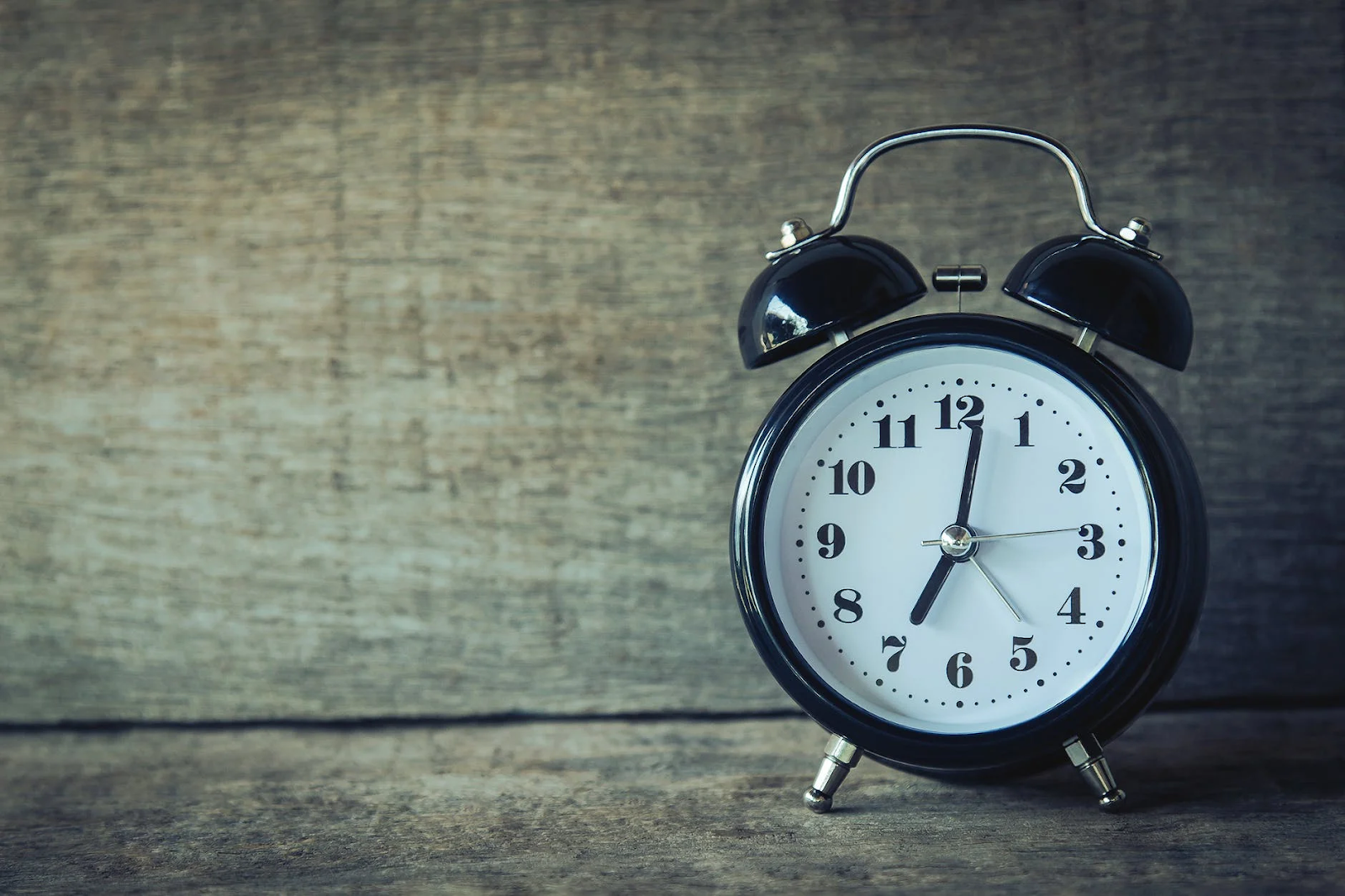Almost every year since 1916, Americans have set their clocks back for daylight saving time. While this tradition once had a purpose, today it is nothing more than a common irritation. (Photo courtesy of Pexels)
Twice every year, we are expected to take time out of our busy schedules so we can change the time on our clocks. This task — dating back to World War One — is ingrained in our culture, but in today’s world, it is unnecessary and no longer serves the purpose it once did.
Daylight Saving Time’s Origin
Despite the common misconception that Benjamin Franklin created daylight saving time, it was actually created in 1895 by George Hudson, an entomologist. Hudson invented daylight saving time as a way to give people more sunny hours in the day for leisurely activities, or in his case, adding to his bug collection.
Though the scientific community of New Zealand widely praised the idea of daylight saving time, No countries implemented the time schedule until 1916 when Germany started using it as a way to conserve money and fuel. The idea behind using daylight saving time was that if there were more hours of daylight, less fuel was needed to light soldier’s work.
America and Daylight Saving Time
Woodrow Wilson was the first president to use daylight saving time in America. America implemented it when they joined World War One in 1918 for the same reason Germany put it into practice — to save resources.
Daylight saving time was removed after World War One, and not put into effect again until World War Two when President Franklin D. Roosevelt used it with the name “War Time.”
Daylight saving time was permanently added to the American calendar under the Uniform Time Act of 1916 and was not changed until 2007 when Congress passed the energy policy act extending daylight saving time four weeks to give us what we have today.
Daylight Saving in Present Time
In today’s modern world, daylight saving time seems like an outdated tradition.
“It feels sort of pointless to me,” said Grayson Trout, a sophomore at Leesville Road High School via text. “I’m not even sure most people know why it’s a thing that we have.”
Vincent Cruz, also a sophomore, gave a similar statement to Trout. “It just confuses people and makes it harder to coordinate events,” he said via text.
Many Americans share the same views as Cruz and Trout. CBS News did a poll in 2019 finding that “seven in ten Americans prefer not to switch back and forth to mark daylight saving time.” Further broken down, four in ten people said they would prefer to stay on standard time and only three in ten said they would prefer to be on daylight saving time long term.
People’s health is also proven to be negatively affected by switching to and from daylight saving time Studies have shown that on the first Monday of saving time there are 25% more car crashes, 17% more heart attacks, and 6% more workplace accidents than other Mondays throughout the year.
Some argue that daylight saving time still saves energy and money– a task it was once put to do. However the modern LED light bulb is “up to 90% more efficient than incandescent light bulbs,” and when one takes into consideration the price of cooling a house during daylight saving time there is little — if any — financial benefits in the practice of daylight saving.
Conclusion
Though daylight saving time once served an important purpose, it is no longer a necessary event in today’s world. In a time before efficient energy and light, daylight saving saved money and allowed people to spend more time outside playing or working by natural light. Today, however, the act of setting our clocks back does little good for society and causes more trouble than it is worth.

Hi! My name is Lauren! I’m President of the LRHS book club. Outside of school I’m a curler for Team Taylor and I like to rollerblade.

Leave a Reply